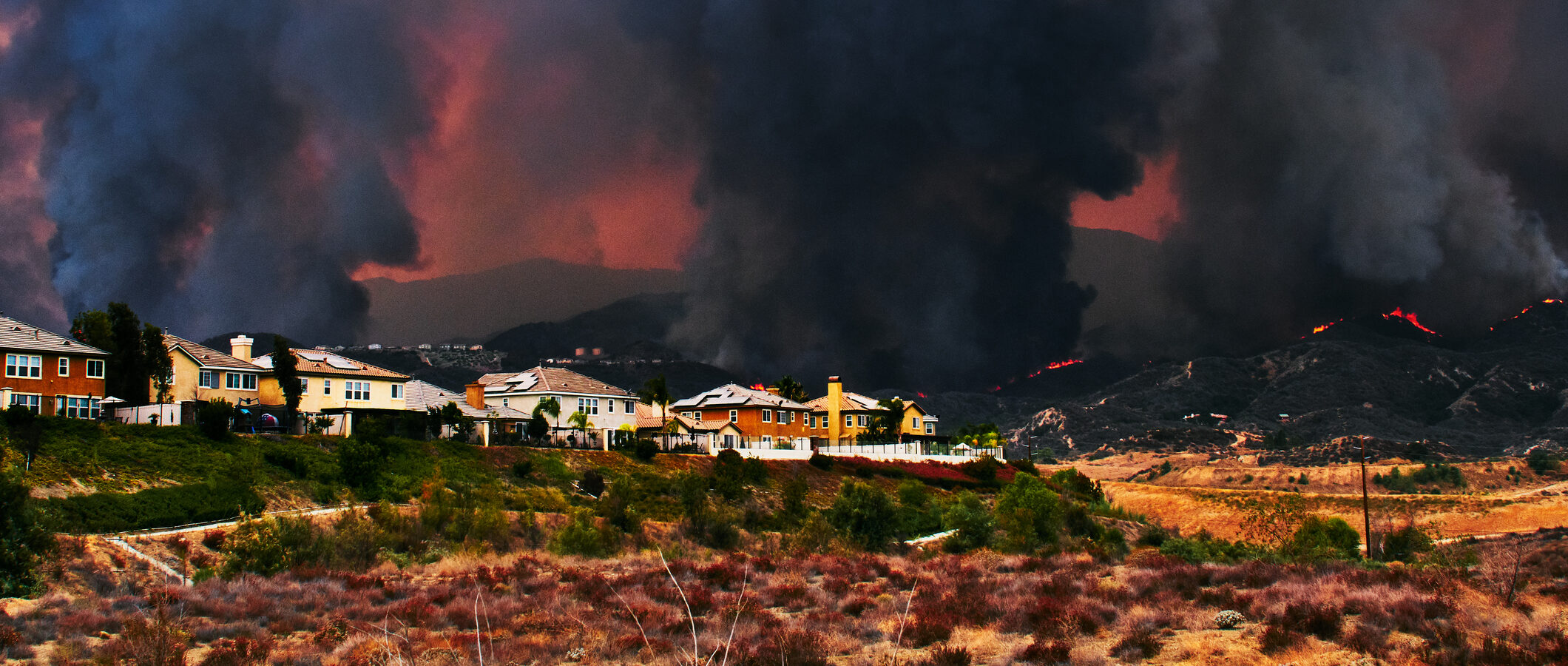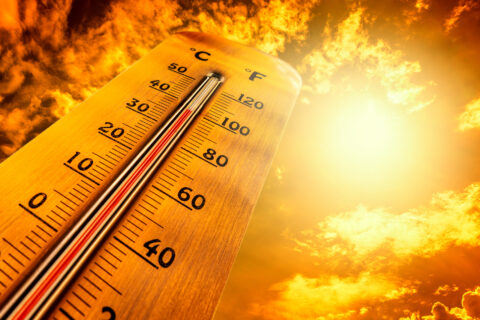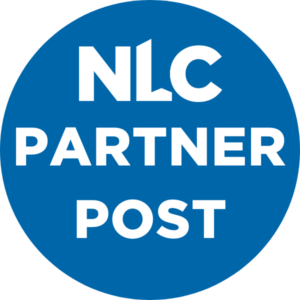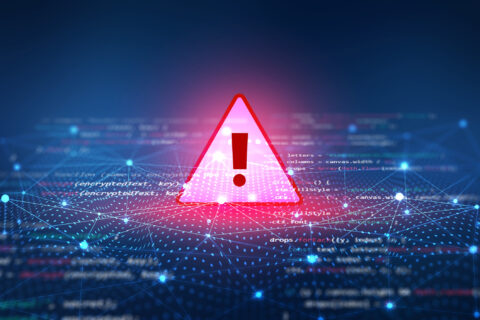Co-authored by NLC intern Sharon Glenn
The frequency and severity of wildfires are continuing to increase across the country, with prolonged drought and extreme heat exacerbating the threat and leaving more people vulnerable. Many communities are facing new and unexpected wildfire risks, while others are experiencing more persistent threats throughout the year. The impacts of both direct fire exposure and indirect exposure, such as smoke, have harmed residents and caused billions of dollars in damage.
Local governments must address the growing wildfire risk and adapt to an increasingly destructive fire season. A new toolkit from NLC and ICF provides local governments with practical, cost-effective resources for navigating wildfire risks, building resilience and mitigating impacts.
Cost-effective strategies to improve wildfire resilience can help communities overcome resource limitations that may make significant investments challenging. Local leaders need clear, actionable strategies that address risk effectively while remaining approachable, reflecting each community’s unique context, considering local risks, utilizing available resources and addressing community needs.
Building Community Resilience to Wildfires: A Toolkit for Local Leaders provides accessible strategies that local leaders can apply to their communities to strengthen resilience in cost-effective ways that make sense for their specific needs.
Here is an overview of the key themes and strategies for wildfire resilience.
Risk Assessment
Identify current and future wildfire risk and impacts to prioritize investments and mitigation efforts more effectively.
- Assess Local Wildfire Risk and Community Vulnerability: The development of wildfire risk assessments can be supported by a variety of publicly available data resources and increased access to local-scale data.
Preparedness and Long-Term Planning
Implement proactive measures to reduce wildfire risk and enhance community resilience over time.
- Leverage Policy and Regulatory Tools: Local governments can strengthen wildfire resilience through policies and regulations like updating building codes, zoning and incentivizing individual action.
- Develop a Community Wildfire Protection Plan: Engage stakeholders in the planning process and revise after major wildfire events.
- Manage Vegetation and Invest in Nature-based Solutions: Effective vegetation management reduces fuel loads and creates defensible space around structures to help prevent ignition and slow fire spread.
- Educate and Engage the Community: Increasing education and awareness of wildfire risks can encourage individuals to adopt risk-reduction behaviors that protect themselves, their property and their broader community. Post-wildfire strategies center around recovery, resilience-building and restoring trust.
Response
Respond to active wildfires and implement emergency response protocols. Effective response efforts are vital in ensuring communities can act quickly during a wildfire and mitigate impacts.
- Implement Immediate Response: Key actions include issuing public alerts, planning evacuations and ensuring coordinated communication between emergency staff and mutual aid partners.
Recovery
Determine damage and coordinate short-term and long-term recovery actions to rebuild safety.
- Coordinate Recovery Actions: A series of short-term and long-term recovery actions should immediately follow a wildfire. Some of these actions include conducting a damage assessment, restoring critical infrastructure, removing debris, recovering housing and providing support for mental health and trauma recovery.
- Manage Smoke Impacts: To mitigate the impacts from wildfire smoke, local governments should use public communication channels to share updates, provide a designated space with clean air, utilize portable air cleaners and track air quality data.
Financing
Secure funding to mitigate wildfire risk and sustain long-term resilience programs.
- Secure Capital and Funding Sources: Opportunities include grants, collaborating with insurers, innovative financing tools, catastrophe (CAT) bonds, climate risk and parametric insurance and others.
The heightened risk posed by wildfires across the United States spotlights the urgent need for cities, towns and villages to take comprehensive action to protect residents and communities. Local leaders must prioritize not only immediate response efforts, but long-term recovery and nature-based resilience planning to reduce future fire risk. The Building Community Resilience to Wildfires Toolkit supports local leaders in taking key actions to understand and mitigate wildfire risks.
Webinar: Nature-based Solutions for Climate Resilience to Wildfire and Extreme Heat
Interested in learning more? Join NLC’s Oct. 23 webinar on the toolkit, featuring local government successes and challenges with risk assessment, wildfire response and recovery, emerging technologies and nature-based resilience planning.





